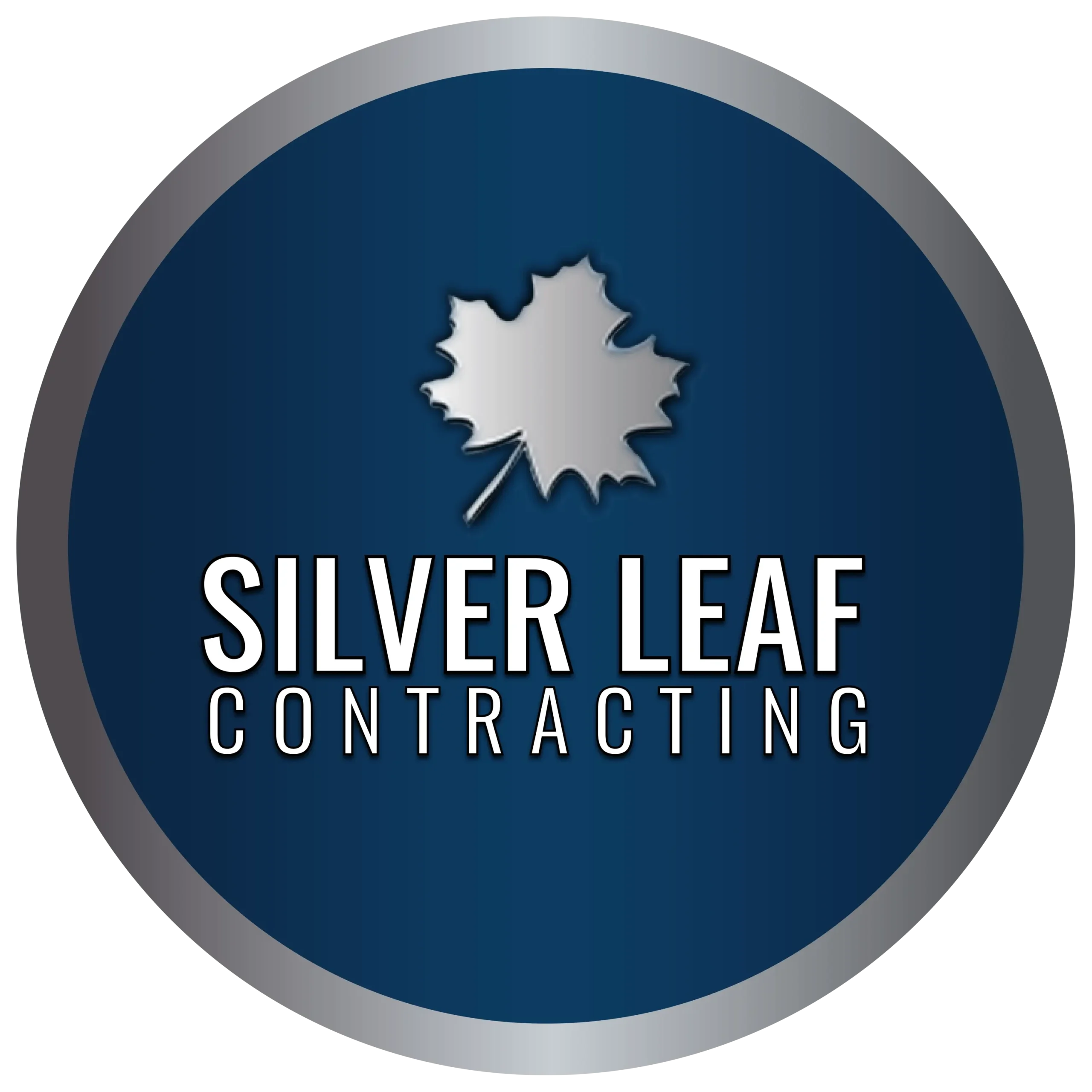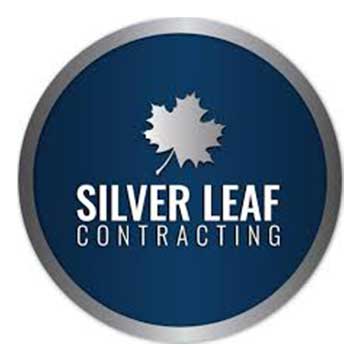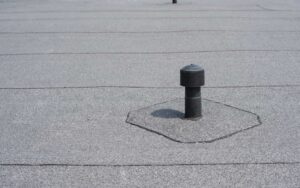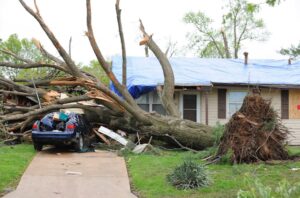Should I Use a Standing Seam Metal Roof: Pros and Cons
June 29, 2018
If you are just about to begin with your new roof or are planning a roof replacement for your worn-out membrane or material, then you might want to consider a standing seam metal roof. Contractors recommend these roofs for residential properties because of their long-term lifespan, better durability than traditional corrugated metal roofs, and easier insulation.
Remember, your roof is an investment. Indeed, you will find numerous affordable material such as single-ply roofing membranes to fulfill your roofing needs. However, if you’re looking for better longevity, then look into the modern style of metal roofing.
Standing Seam Metal Roofs: What Are They?
A standing seam metal roof takes a different installation approach than the traditional metal roofing method. Contractors install traditional metal roofing by huge ridges. They lock the seams of each roofing panel ridge in place with nails. To provide excellent insulation and prevent leaks, contractors use caulk to seal the nailed seams.
Contractors install a standing seam metal roof in a different manner. Instead of ridges, manufacturers create vertical metal roofing panels. These have similar measurements and interlocking spots that allow them to fasten together to create an impregnable seal. If the panels are too long vertically, contractors can cut each panel to fit the slope and before it reaches the drip panel. There are four types of standing seam metal roofs. Skip the next section to read more about them.
Advantages Over Traditional Roofing Materials
Membranes
Roofing membranes such as thermoplastic olefin (TPO), polyvinyl chloride (PVC), and ethylene propylene diene monomer (EPDM) are cost-effective and durable materials. They have a lifespan of over 30-50 years with proper installation and guarantee excellent insulation. However, these materials are prone to puncture especially during maintenance periods or hailstorms. Even having regular maintenance is a disadvantage in itself.
Standing seam metal roofs do not require consistent maintenance. In addition, they have an estimated lifespan of over 50 years and introduce better insulation and watertight sealing compared to roofing membranes.
Related: Different Kinds of Roofing Materials for Low-Sloped Roofs
Shingles
Shingles made from asphalt, clay, tile, or slate has lifespans estimated to reach more than 50 years. However, with the continuous seasonal changes, they will lose surface material. Additionally, roofing maintenance, which involves sweeping or even power-washing, will shorten their lifespan due to .
Contractors recommend metal roofs if the project budget allows for it because it has virtually no surface material loss even after a harsh storm. Most estimates reveal metal roofs only to need a membrane re-coating, which is less than the cost of replacing missing or damaged roofing shingles.
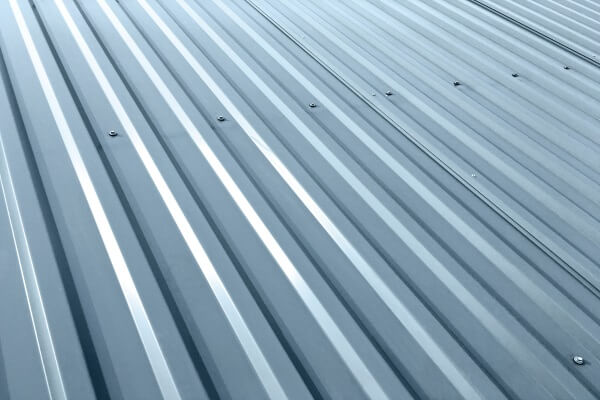
Corrugated Metal Roofing
Contractors install corrugated metal roofing in ridges. A standing seam metal roof system has interlocking panels contractors need to screw or even just snap together to install. As mentioned earlier, standing seam roofs do not need nailing or caulking, which makes their installation faster and introduces better installation.
However, unlike their corrugated counterparts, standing seam roofs are thicker. Manufacturers create each identical panel independently. Reinforced corrugated metal ridges are heavy to bring to their installation spot. Individually-reinforced standing metal seams are lighter to carry and easier to install.
Four Different Styles to Choose From
Homeowners can choose from four types of standing seam metal roof systems.
Mechanically-Seamed
Contractors often recommend this style because it is one of the fastest systems to install. Each panel has clips and concealed fasteners. This gives them a uniform appearance. In addition, contractors mechanically seam them together after they are attached on the roof using hand crimpers or a special manufacturer-designed machine.
If the property has a low-slope roofing design, roofing contractors often find mechanically-seamed systems efficient. Their material of choice for their projects are both steel or aluminum standing seams.
Nail-Hemmed
This standing seam metal roof system involves panels with a raised interlocking seam on the edge. These raised edges have a hidden fastening channel along the length of the side of each panel. Their appearance is similar to vinyl siding panels. The fastening channel appears as elongated holes that allow the fastener to reach inside and lock the two panels together.
Manufacturers create nail-hem panels using various materials and additional coating. Most common materials include stainless steel and aluminum.
Snap-Locked
Contractors find snap-lock standing seam metal roof panels the easiest and fastest to install. Snap-lock systems secure the clips on the roof deck and hold the panels in place. Additionally, properties where hot seasons prevail frequently have snap-lock panels because they allow full thermal panel movement.
However, unlike mechanically-seamed panels, there is no additional crimping for full seam involved with snap-locked seams. They are also available in steel, aluminum, and galvanized iron metal sheets.
Exposed Fasteners
Traditional metal roofing assembles wide metal panels together and locked together with caulk and nails. A standing seam metal roof variant that overlaps sheets and locks them together in the same traditional manner exists.
However, instead of caulk, the exposed screws where it derives its name has a rubber grommet or washer that ensures an airtight seal. They are the cheapest standing seam metal roofing style available. In contrast, they require regular maintenance and screw replacement after 12-15 years in service.
A Few Disadvantages of a Standing Seam Metal Roof
Standing seam metal roofs are faster to install, more durable, and highly effective. However, like any other roofing system and material, it has some downsides.
Quite Expensive
Standing seams cost about $2.45 per linear foot. The thicker the metal material for your roof, the more expensive it becomes. However, most homeowners might find great value for its additional cost due to its quick but secure labor installation.
Situation-Dependent
If you’re living in a village, you might have signed an agreement with the local council about using a particular roofing material for the roof. If you decide to install standing seam metal roofing, then the local council may penalize you and demand the reconstruction of your seamed roof.
Metal roofing material is expensive. In fact, shingle prices can higher than metal roofs at some point. It is because it depends on oil prices. If this is high, then shingles, which use petroleum as a major component in its composition, will have a higher price per bundle or linear foot as well.
Related: The Benefits of Metal Roofs
Affect Curb Appeal in Some Way
Shingles provide the best curb appeal for any roof. Some property buyers want a classic roofing look the way shingles could only provide. Metal roofs might appear too industrial or glossy for some buyers.
Coating helps improve the insulation of any standing seam metal roof through an artificial membrane. In addition, it can help improve curb appeal. However, despite the usefulness of metal roofs, basic-styled roofs (such as gambrel, front gable, etc), a metal roof might make the house have a warehouse appeal.
Conclusion
Standing seam metal roofs are better than other roofing materials and even traditional metal roofing methods. However, it is an investment affecting the curb appeal of your property positively or negatively. In terms of durability and lifespan, standing seam metal roofs are undeniably efficient.
A well-installed standing seam metal roof system can last for more than 50 years. In this light, make sure to call only reliable residential roofing contractors for any standing seam metal roofing installation or replacement you may need.
